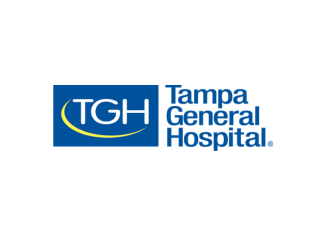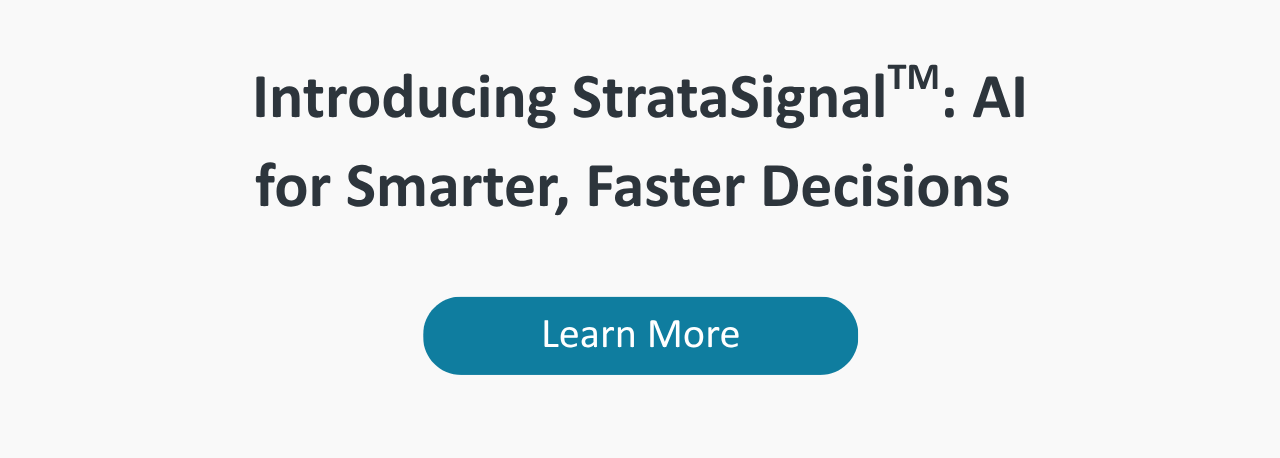
Sepsis, a life-threatening condition arising when the body’s response to infection causes organ damage, has long posed a significant challenge for healthcare providers nationwide. According to the Centers for Disease Control and Prevention (CDC), at least 1.7 million adults in the U.S. develop sepsis each year. Of those, at least 350,000 die while hospitalized or are discharged to hospice.
For Tampa General Hospital (TGH), a large academic medical center, sepsis mitigation and prevention presented a critical opportunity to improve operational efficiencies and patient outcomes, including decreasing mortality and length of stay (LOS). In a recent Strata Peer Network Event presentation, Doug McConnell, M.D., Medical Director of Sepsis Projects at TGH, highlighted the severe impact of sepsis.
Government mandates, like the CMS SEP-1 Bundle (introduced in 2015), underscore the urgency of rapid sepsis identification and treatment, requiring specific interventions within a critical three- to six-hour window. TGH leaders recognized that consistent, standardized care across the medical center’s diverse patient population was essential to improve performance against vital metrics and ultimately save patient lives.
Initiating a standardized, holistic program to address sepsis
The organization then embarked on a comprehensive sepsis alert initiative, focusing on four key factors:
- Increasing awareness and understanding of sepsis urgency
- Promoting timely identification
- Improving SEP-1 Bundle compliance
- Standardizing care delivery to ensure consistent, high-quality treatment
A crucial component of TGH’s efforts was implementing a “sepsis alert” order to enact more time-sensitive interventions. As a result, the number of patients identified as having sepsis increased significantly starting in mid-2022. From CY2022 to CY2023, sepsis alerts rose 33%, with the percentage of sepsis encounters with alerts going up 11%, correlating with a 12% improvement in SEP-1 Bundle compliance. Those efforts reduced sepsis mortality — a critical achievement — and TGH sought to further optimize efficiencies and, most importantly, reduce length of stay.
This led to the strategic decision to standardize the sepsis pathway. The goal was to define a consistent patient journey through sepsis care, identify deviations, and intervene in real time. A key aspect was an antimicrobial stewardship (AMS) effort, addressing broad-spectrum antibiotic use. The organization’s AMS program aimed to de-escalate to narrower, more appropriate antibiotics sooner to reduce side effects and combat resistance. The pharmacy team actively reviewed patients on broad spectrum antibiotics at the three-day mark, using a dashboard to facilitate de-escalation.
Pairing reporting and analytics with opportunity assessment
As part of a long-term, strategic partnership, Strata worked with TGH to translate clinical improvements into measurable financial outcomes, which was important to demonstrate value to hospital leadership and inform future budget decisions. Using Strata’s StrataJazz® Continuous Improvement solution, the organization gained access to extensive reporting and analytics that would help shape decisions and guide actions in the sepsis alert initiative.
Throughout the initiative, Strata provided comprehensive support to help TGH with critical areas like establishing accurate patient cohort definitions for comparative analysis. TGH also used tailored analytics, leveraging patient encounter and billing data for in-depth analysis of variable direct cost (VDC) per case, LOS, and antibiotic utilization, alongside acuity metrics like case mix index (CMI). Strata helped the TGH team create concise materials for its stakeholders, relying on impactful reporting and customized, self-service dashboards to track outcomes and enable real-time data review in one place.
The results: Reducing LOS to lower VDC per case by 16%
The collaboration between TGH and Strata yielded impressive results, showcasing the power of combining clinical excellence with robust data analytics and reporting. The initial hypothesis that sepsis alerts would reduce the average VDC per patient and average LOS per patient proved correct. Average length of stay (ALOS) dropped from 10.9 days (CY2022) to 10.5 days (FY2023), and further to 10.0 days in FY2024. The VDC per case (standardized to CMI) for alerted patients dropped more than 16% from $7,070 (FY2022) to $5,918 in FY2024, representing an average savings of $1,152 per case in FY2024.
The initiative effectively managed costs even in complex cases, such as with “intervention patients” requiring active pharmacy team intervention. The VDC remained lower than the original simulated cohort when standardized to CMI.
The Antimicrobial Stewardship efforts contributed to these savings. Leveraging the Strata encounter and cost detail data, TGH was able to recognize and quantify the impact of reducing the amount of time patients spent on antibiotics overall while reducing how many patients required vancomycin, a powerful glycopetide antibiotic used to combat antibiotic resistant bacterial infections. By reducing side effects and the risk of antibiotic resistance, these efforts improved patient safety and streamlined patient progression.
The TGH initiative to improve sepsis control exemplifies how a data-driven approach can transform quality improvement from anecdotal successes to quantifiable triumphs. By focusing on increasing awareness, standardizing care through a detailed pathway, implementing effective antimicrobial stewardship, and leveraging Strata’s analytical capabilities, TGH made significant strides in reducing sepsis mortality and improving patient outcomes, as well as achieving a compelling financial return on investment. This collaboration serves as a powerful blueprint for other healthcare systems that aim to align clinical excellence with operational and financial sustainability.
“It’s not that we’re breaking even by being better or even spending money to be better. It’s that we are doing the right thing for patients, doing it better than we used to do it, and saving money at the same time."
These results unequivocally demonstrated that TGH’s commitment to patient safety and quality improvement were not only clinically beneficial but also financially advantageous. As Dr. McConnell said, “It’s not that we’re breaking even by being better or even spending money to be better. It’s that we are doing the right thing for patients, doing it better than we used to do it, and saving money at the same time.”
Please visit our website to learn how you can use Strata’s Continuous Improvement solution to support your organization’s performance improvement initiatives.
Read more about the other health systems we empowered:

Hackensack Meridian Health’s Seamless Transition to Axiom Budgeting in the Cloud


